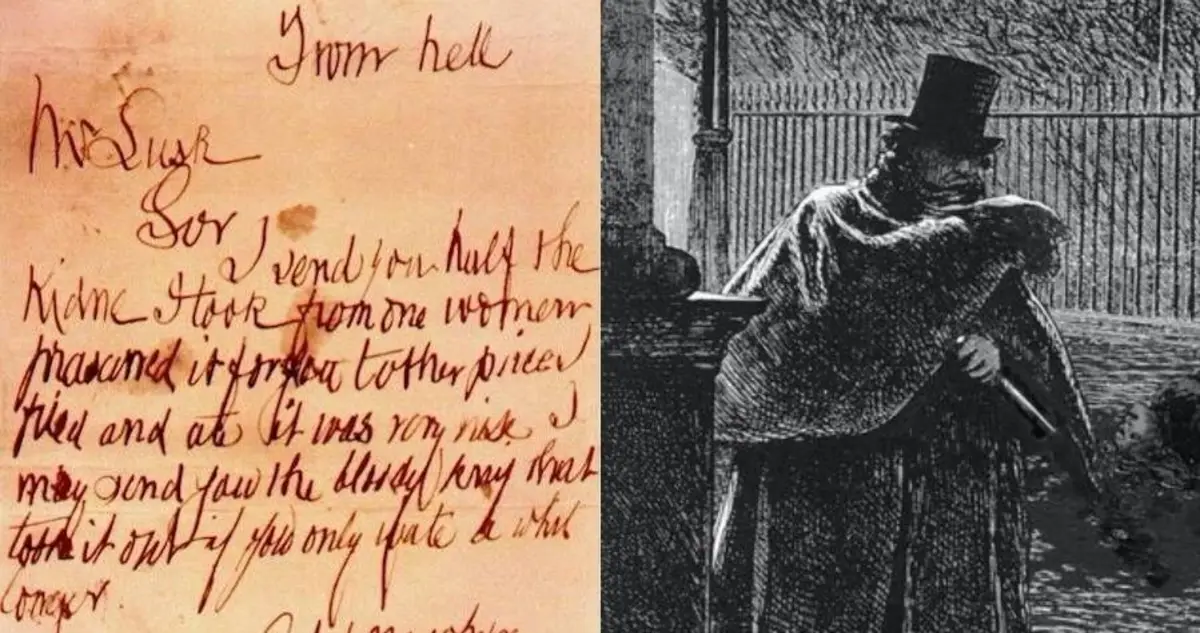
The United States is a nation that is steeped in impressive history. From its humble beginnings as part of the British Empire to taking over the world, from wars and slavery to economic collapse and social revolution, the U.S. has been beset with much conflict. But just how big did it go, and how did this nation grow to dominate the world stage? Let’s delve into the determinants of the U.S. history and politics and discover which were the moments that made it what it is today.
Early Inhabitants of America

The area that is today known as the United States was the previous home for multiple Native American tribes before the arrival of the Europeans. These early folks crossed from a land bridge between Siberia and Alaska over 17,000 years ago.
Over many succeeding thousands of years, these populations spread out across North America, consequentially establishing distinct cultural zones based on their environment. Salmon, berries, and shellfish supplied the needs of the tribes of the Northwest, while the Plains tribes hunted American bison. California’s natives gathered nuts and acorns, while the Southwest tribes cultivated beans, corn, and squash and built cliff dwellings.
The tribes of the Northeast were semi-nomadic farming communities that resided in longhouses, while Southeast tribes constructed homesteads in the shape of circles and built mounds.
Most of these early inhabitants were complex societies, and many of the native populations living in what would become the United States numbered in the millions by the end of the 15th century.
European Colonization: Competing for the Land

The bitter struggle for ownership of the lands of North America began in earnest with the arrival of the first Europeans back in 1492. At one time or another, a portion of it was claimed by Spain, France, the Netherlands, and England independently. Every colony had unique motives, either founding cities in Florida and the Southwest as the Spanish did or colonization of the French in the Mississippi and Great Lakes.
With the founding of Jamestown in 1607, it would be the English colonies on the Atlantic coast that would ultimately play the more pivotal role in American history. Many of these early colonies were unlike one another in their purposes: a desire by Virginia to achieve economic profitability through tobacco crops, and a Massachusetts aspiration to serve as a haven for Puritans.
The interests of the colonies, conflicting with those of the Native Americans and other European powers, stirred several centuries of conflicts and wars, during which time the British emerged as the dominant power by the mid-1700s period.
The American Revolution and Independence

Gravitation toward war mounted in the American colonies and Great Britain following the French and Indian War. The British government attempted to raise revenues to balance the costs of the war by levying taxes on the colonies-a move which met considerable resistance by those being taxed. By 1775, open war began between the colonial militias and British soldiers, thus starting the American Revolution.
With the famous words stating, “all men are created equal,” the year 1776 declared independence, bringing hope for a new nation. Yet, by no means was it an easy revolution. Up against the most powerful army in the world, Americans were able to hold their ground, using guerrilla-style tactics, the support of France, Spain, and the Netherlands, and determination for freedom.
But not after six long years of fighting, at the end of it all, when the British were able to surrender during the Battle of Yorktown in 1781, the United States was born.
Creating a Nation: The Constitution and Expansion

Winning independence was but the beginning. The newly formed U.S. struggled with creating a unified national government. Initially, under the Articles of Confederation, the little power rested in the central government; hence, instability was common everywhere. By 1787, a Constitutional Convention was held in which a new Constitution was drafted forming a stronger federal government. A balance of power between the states and the national government was established.
This was to be followed by a period of rapid expansion, particularly after the 1803 Louisiana Purchase doubled the size of the country. Throughout the rest of the nineteenth and into the early part of the twentieth century, the U.S. continued to expand its territory, partly impelled by a belief in “Manifest Destiny” — the U.S.’s divinely ordained fate to spread across the continent from sea to sea.
While new territories opened up great opportunities, they also heightened the battle over the expansion of slavery that would culminate in the outbreak of the Civil War in 1861.
Civil War and Slavery Fight

Deep divisions between North and South brought about by the misfortuned position of slavery resulted in the outbreak of the Civil War, the bloodiest conflict in American history. The Southern states opposed the election of Abraham Lincoln and had seceded from the Union to form the Confederacy. The North had greater industrial power and could count on more favorable human resources than the South; as a consequence, although the latter enjoyed a few early successes, war wrung a dismal defeat from 1861 to 1865.
In 1865, the Confederacy surrendered, and slavery was legally abolished. Yet the end of the war did not resolve the nation’s problems. The era of Reconstruction saw an attempt to reconstruct the South and integrate the newly freed Africans into society, but white Southerners resisted the change, and federal compromise limited the possibility for true equality for the freedmen.
From Industrialization to World Power

Following the Civil War, the nation rapidly industrialized and took a leading position among the producing nations of the world in technological innovation and manufacturing capacity. Railroads expanded the reach of the market, factories mass-produced goods, and electrification and communications revolutions created new business opportunities.
A few men, such as John D. Rockefeller and Andrew Carnegie, accrued incredible fortunes based on developments in industries such as petroleum refining and steel production. Millions of immigrants arrived seeking a better life; industrialization created new job opportunities for them.
Although, by the early 20th century, the U.S. had begun to extend its reach beyond its shores by annexing Hawaii and Puerto Rico while entering World War I in 1917, the U.S. had earlier sought to avoid foreign conflicts despite this fact. Its engagement in World War II, however, secured its position as a superpower within world affairs.
By the end of the war, the United States and the Soviet Union emerged as the world’s dominant nations, setting the stage for the Cold War. The Civil Rights Movement and Social Change But throughout the 20th century, the U.S. wrestled with key social issues. The 1950s and ’60s saw the beginning of the Civil Rights Movement in this country, as Martin Luther King Jr., Rosa Parks, and others began to work toward ending segregation and strive for equal rights for African Americans. It was able to push some meaningful laws through, but the struggle for true equality continues.
In that period, American society also changed greatly in terms of gender roles, social norms, and cultural attitudes. From the feminist movement to the LGBTQ+ rights movement, the United States became a predominantly open and diverse society by the late 20th century. Nevertheless, these changes simultaneously generated political backlash, which ushered in phases of conservative comeback, including the rise of presidents like Ronald Reagan and Donald Trump.

FAQs
When did the first people arrive in the U.S.?
The first people likely arrived in what is now the U.S. over 17,000 years ago, crossing a land bridge from Siberia into Alaska during the Ice Age. Some evidence suggests they may have arrived even earlier.
What was the main cause of the American Revolution?
The main cause of the American Revolution was the growing tension between the American colonies and Britain, particularly over taxes imposed to cover the costs of the French and Indian War. This led to widespread resistance, especially after events like the Boston Tea Party.
Why did the U.S. enter World War II?
The U.S. entered World War II after Japan attacked Pearl Harbor on December 7, 1941. The attack led to the U.S. declaring war on Japan, and soon after, on Germany and Italy as well.
What was the Civil Rights Movement about?
The Civil Rights Movement, which took place during the 1950s and 60s, aimed to end racial segregation and secure equal rights for African Americans. It led to significant legal and social changes, although racial inequality persists in some areas.
What is Manifest Destiny?
Manifest Destiny was the belief that the U.S. was destined to expand across the North American continent. This idea drove much of the country’s territorial expansion in the 19th century, including the annexation of Texas and the war with Mexico.
How did the U.S. become a superpower?
The U.S. became a superpower through its rapid industrialization, military strength, and economic dominance. Its involvement in World War I and II further solidified its global influence, and it emerged as one of the world’s two superpowers, along with the Soviet Union, after World War II.

